Credit growth is high, but not hot yet
According to statistics from the State Bank of Vietnam (SBV), credit growth by the end of June 2025 was nearly 10%, 2.5 times higher than the same period last year. This year, the Government adjusted the growth target from 8% to 8.3-8.5%, meaning credit must increase to 18-20% to support this growth target.
By the end of 2024, Vietnam's credit balance/GDP will be around 134%. In 2025, if credit continues to expand, the leverage ratio will increase. The International Monetary Fund (IMF) has repeatedly warned that Vietnam is using too much credit leverage and recommended that Vietnam should reduce its dependence on bank credit.
However, according to Mr. Pham Xuan Hoe, General Secretary of the Vietnam Finance Leasing Association, former Director of the Banking Strategy Institute, high credit growth, but if capital is directed in the right direction, will not cause risks, on the contrary, it will support growth. Credit by the end of June 2025 increased by nearly 10% and this year could increase by 20% to support GDP growth of 8.5%.
“With the current credit growth rate doubling GDP, considering the characteristics of the Vietnamese economy (including the ICOR factor), it is not a cause for concern, not a sign of overheating. In the 2008-2021 period, credit growth was hot when the growth rate was 4 times higher than GDP, while the current doubling rate is normal,” Mr. Hoe commented.
The State Bank of Vietnam (SBV) targets credit growth of 16% this year, but may loosen the limit if inflation is controlled. In the current context, experts believe that the SBV may loosen credit growth to 18%, equivalent to pumping over 3 quadrillion VND into the economy.
According to experts, the above figure will not cause an asset bubble, will not put pressure on interest rates and inflation, if capital flows into priority sectors. On the contrary, if credit flows into speculative sectors such as stocks, real estate, etc., an asset bubble may be formed, causing risks of bad debt and macroeconomic instability.
 The recommendations of international organizations to reduce credit leverage ratio are correct, but only suitable if Vietnam can increase capital mobilization channels through stocks and bonds. In the context of the economy still heavily dependent on credit as it is now, reducing credit leverage ratio will cause difficulties for growth.
The recommendations of international organizations to reduce credit leverage ratio are correct, but only suitable if Vietnam can increase capital mobilization channels through stocks and bonds. In the context of the economy still heavily dependent on credit as it is now, reducing credit leverage ratio will cause difficulties for growth. 
- Mr. Pham Xuan Hoe, General Secretary of Vietnam Financial Leasing Association
“If capital flows into priority sectors, this year’s credit only needs to increase by about 17-18% to meet the GDP growth demand of 8.3-8.5%. However, if credit flows into speculative sectors such as securities, real estate, etc., credit must increase by over 20% to achieve the above GDP growth target,” said Associate Professor, Dr. Nguyen Huu Huan (Ho Chi Minh City University of Economics).
According to experts, the IMF's recommendation to reduce credit leverage in Vietnam is correct in theory, but not suitable for the economic characteristics of Vietnam. Specifically, the Vietnamese economy relies almost entirely on bank credit, while the other two pillars, bonds and stocks, are still very weak. Therefore, if credit supply is reduced, economic growth will face difficulties.
Not to mention, in recent years, each year credit to the economy has increased by about 2 million billion VND. However, if we exclude debt restructuring loans (mainly real estate), the additional debt balance for the economy is not that large.
Banks' capital buffers are still too thin.
According to Mr. Nguyen Quang Ngoc, Deputy Head of the Credit Policy Department of Agribank , in credit growth, the bank always carefully calculates scenarios, ensuring sufficient capital supply for the economy, but must control risks and direct credit to priority areas. "We cannot be 'carried away by the wind' to increase credit indiscriminately, but always strictly adhere to safety ratios," said Mr. Ngoc.
After a long period of restructuring, the health of the banking system has improved, capital buffers have been increased, a series of weak banks have been forcibly transferred, the resilience of the system has improved, bad debt has decreased sharply...
Credit growth in the first half of the year was rapid, but liquidity was abundant and interest rates were low. The State Bank of Vietnam can completely manage credit growth by 10% in the second half of the year while still maintaining system stability.
Furthermore, the State Bank has many tools to control credit risks. For example, if it is concerned about a sharp increase in real estate credit, the State Bank can completely increase the risk coefficient to 300%. Thus, to pump a lot of capital into real estate, banks must increase capital to be able to lend.
That does not mean that high credit growth is not a cause for concern. According to experts, the hottest issue in the banking industry is the thin capital buffer, which is very risky when shocks occur. Currently, the Capital Adequacy Ratio (CAR) of Vietnamese banks is about 12%, much lower than the banking systems of many countries in the region.
Mr. Nguyen Quang Thuan, Chairman of FiinGroup, commented that the biggest risk of the banking system at the moment is too fast credit growth in the context of the capital buffer of domestic banks is still thin. Therefore, experts recommend that, besides waiting for the opportunity of high credit growth, commercial banks need to urgently increase their capital buffer, especially the Big 4 group.
Recently, the State Bank of Vietnam issued Circular 14/2025/TT-NHNN, which sets out regulations on capital buffers, forcing banks to increase capital, reduce lending to risky sectors, and maintain an effective internal control system. The Circular will pave the way for the removal of credit rooms. Commercial banks that meet Basel III standards can have their credit rooms completely removed, while banks with weak capital buffers will still be under the control of the State Bank of Vietnam.
Source: https://baodautu.vn/tin-dung-phan-bo-dung-cho-se-khong-so-rui-ro-d341530.html


![[Photo] Cutting hills to make way for people to travel on route 14E that suffered landslides](https://vphoto.vietnam.vn/thumb/1200x675/vietnam/resource/IMAGE/2025/11/08/1762599969318_ndo_br_thiet-ke-chua-co-ten-2025-11-08t154639923-png.webp)





























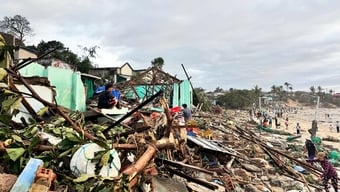
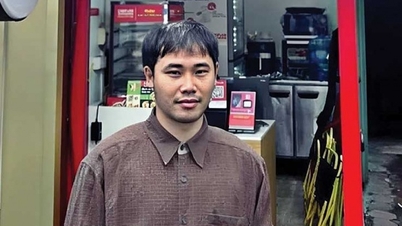













![[Video] Hue Monuments reopen to welcome visitors](https://vphoto.vietnam.vn/thumb/402x226/vietnam/resource/IMAGE/2025/11/05/1762301089171_dung01-05-43-09still013-jpg.webp)










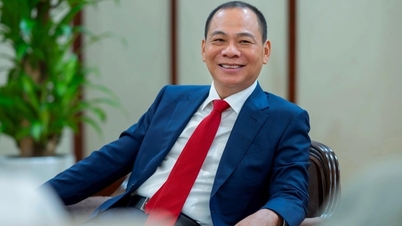

















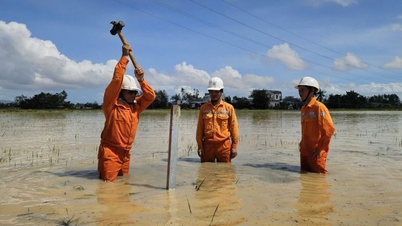








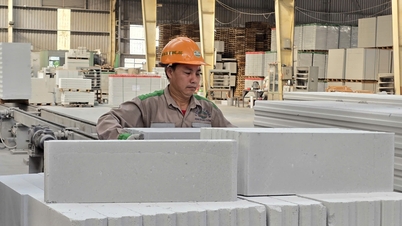













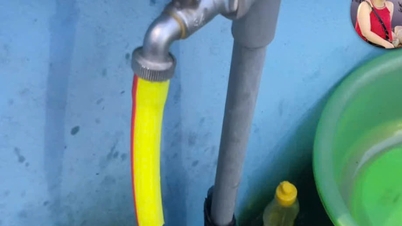














Comment (0)